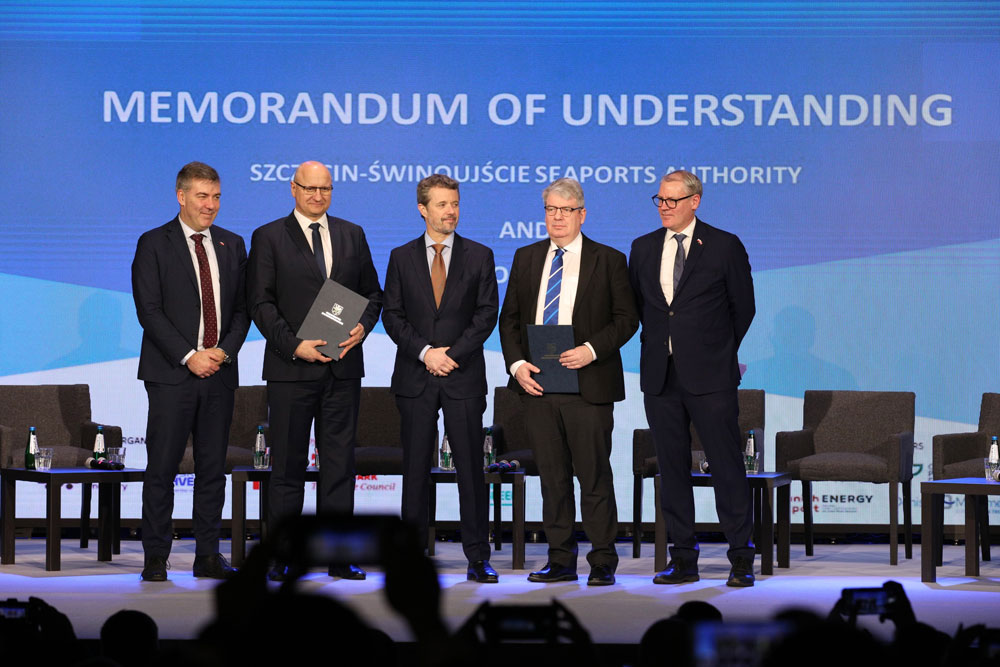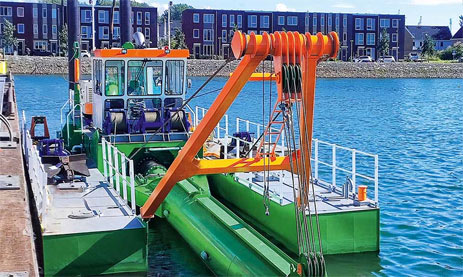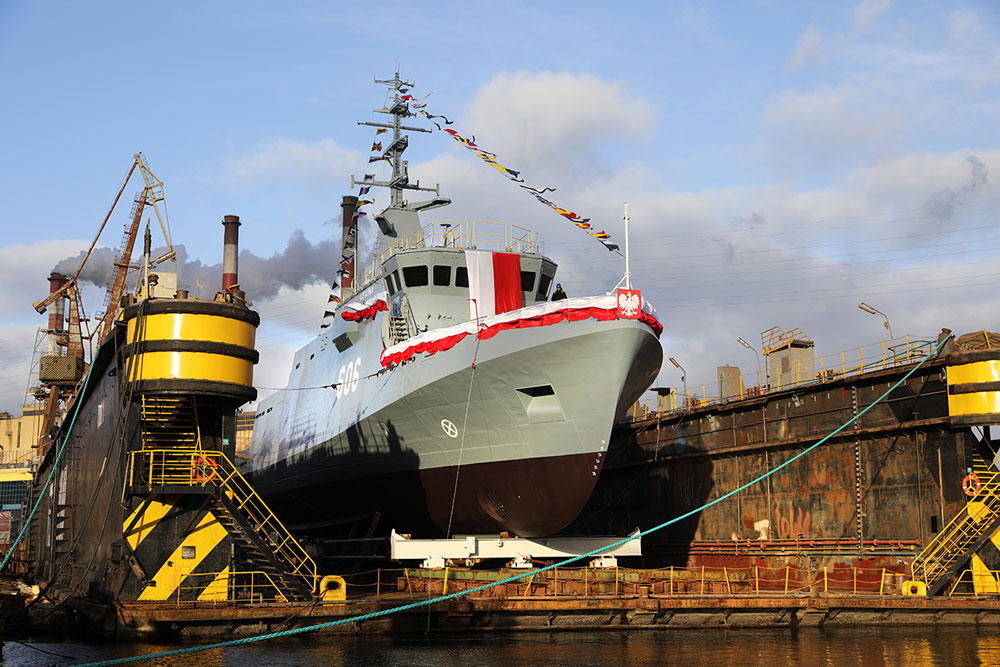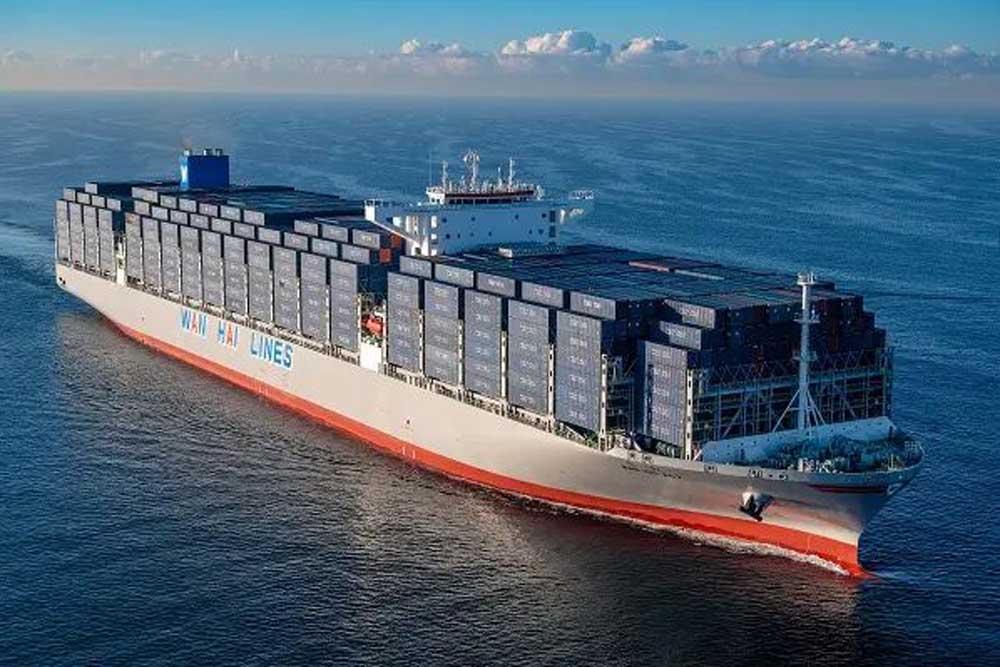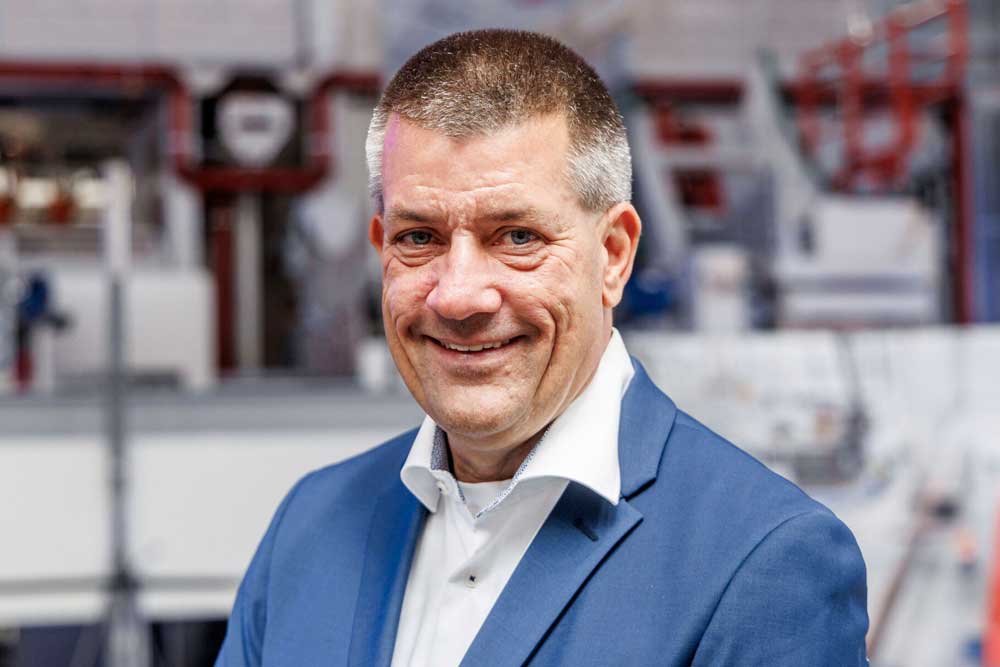The largest European offshore wind energy ports in the Offshore Wind Energy Alliance have added the port of Szczecin-Świnoujście to their ranks.
The “Offshore Wind Port Alliance”, which brings together ports from Denmark, the Netherlands, Belgium, France, Germany and the United Kingdom, aims to expand its cooperation to the east. A corresponding declaration of intent was signed today in Szczecin on the occasion of a visit by the Danish King Frederik X.[ds_preview].
The aim of the alliance is to optimize the use of offshore wind energy in order to achieve Europe’s very ambitious goals in this area. Offshore wind farms are an important part of the green transition, but there is a lack of port capacity, which can make it difficult to achieve the ambitious goals of the green agenda, according to a statement on the occasion of the accession.
Number of members grows to seven
The number of members of the alliance has risen from six to seven with the accession of the Polish ports. The members of the alliance say they expect the close cooperation to provide additional support in the construction of wind farms, as the ports will be able to optimize their processes and coordinate the logistics value chain.
On behalf of the Szczecin-Swinoujscie Port Authority (ZMPSiŚ SA), the document was signed by Stanisław Iwan, Acting Chairman of the Management Board. The event was also accompanied by a debate on wind energy. The company was represented here by its Commercial Director Aneta Szreder-Piernicka.
Vestas builds offshore factory in Szczecin
“Our goal is to optimize the use of offshore wind energy and we are very pleased to welcome the Port of Szczecin as a member of our alliance. Szczecin is a forward-looking port where Vestas is currently building factory facilities. The port is developing an area for offshore wind energy and has great ambitions for wind energy in general. This makes it a perfect fit for the Offshore Wind Port Alliance,” says Dennis Jul Pedersen, CEO of the Port of Esbjerg, on behalf of the Offshore Wind Port Alliance.
The offshore wind market in the Baltic Sea is growing rapidly and the first large wind farms are already being built in Poland.
The Esbjerg Declaration has drastically increased the target for offshore wind energy in Europe. This target was reaffirmed in the so-called Ostend Declaration, which is supported by a coalition of nine countries committed to developing the North Sea as a green powerhouse for Europe. One of the agreements formulates the goal of using 120 GW of renewable offshore energy by 2030 and 300 GW by 2050.
European ports under pressure
Germany, Denmark, Belgium and the Netherlands have set themselves the joint target of supplying at least 65 GW of wind energy by 2030, which will put pressure on European ports. To support this goal, Europe’s largest wind ports joined forces a year ago in the Alliance to achieve the ambitious targets through optimization and cooperation. With the seaports of Szczecin and Swinoujscie, ports that can serve the Baltic countries are now also members.
“The current geopolitical situation in Europe and the ongoing ecological change requires the installation of even more facilities. Preferably as soon as possible, so that we can help create a sense of security in Europe’s energy supply. However, the current challenge is port capacity. That is why we are strengthening our cooperation on an operational and practical level so that we can accelerate the green transition through offshore wind energy,” says Jul Pedersen.
Lack of space is a problem
The cooperation between the seven ports takes place in particular through continuous coordination and knowledge sharing, which enables them to optimize the use of capacity between the ports in order to build wind farms more efficiently. As wind turbines require a lot of space in the ports, the lack of space is a particular challenge that the ports want to tackle together. If one port only has space for half of a project, another port could have space for the other half, according to the alliance. In this way, the offshore wind farm could be built on schedule and the customer would not have to wait for space in a particular port.
